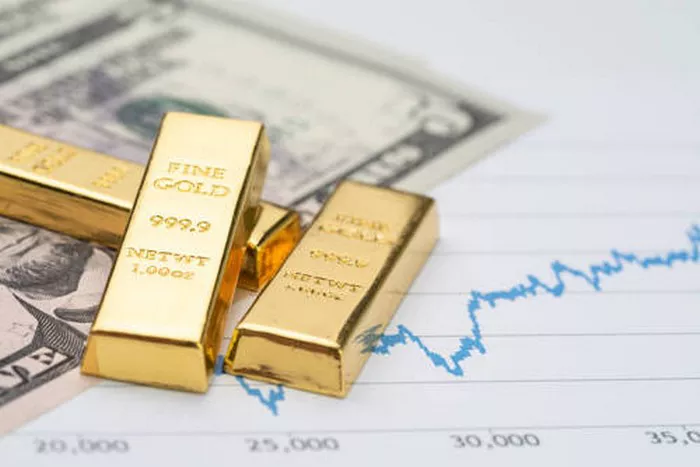When it comes to investing in precious metals, gold and silver often take center stage. Both metals have a rich history as stores of value and are considered popular choices among investors looking to diversify their portfolios. However, determining which metal is a better investment option can be a challenging task. In this article, we will compare the investment merits of gold and silver to help shed light on this investment dilemma.
Understanding Gold and Silver
-
Gold as an Investment
Gold has long been revered as a safe-haven asset and a hedge against inflation. Its limited supply, enduring value, and cultural significance have made it a sought-after investment option for centuries. Gold is often viewed as a store of wealth, providing stability during times of economic uncertainty.
-
Silver as an Investment
Silver, like gold, is a precious metal with a history of being used as a form of currency and a store of value. It is also used extensively in various industrial applications, such as electronics and solar panels, due to its excellent conductivity and reflective properties. Silver is often considered both an investment and an industrial metal.
Comparing Gold and Silver as Investments
-
Store of Value
Both gold and silver have a track record of preserving value over time. However, gold has traditionally been regarded as a more reliable store of value due to its higher value density, historical significance, and wider acceptance across cultures and civilizations. Silver, while also considered a store of value, may exhibit greater price volatility due to its dual role as an industrial metal.
-
Price Performance
Historically, gold has exhibited more stable price performance compared to silver. It tends to be less affected by short-term market fluctuations and economic conditions. Silver, on the other hand, is known for its higher volatility, with price movements often influenced by industrial demand, economic growth, and market sentiment.
-
Industrial Demand
Silver has a significant industrial demand due to its unique properties, making it sensitive to changes in global economic conditions. Industrial demand for silver can create additional price fluctuations, providing both opportunities and risks for investors. Gold, while it does have some industrial applications, is primarily driven by investment and jewelry demand.
-
Supply and Demand Dynamics
The supply and demand dynamics of gold and silver differ. Gold is relatively scarce, and its annual mining production is limited. On the other hand, silver has a wider supply base, including mining production, recycling, and secondary sources. This difference in supply dynamics can influence the price behavior of each metal.
-
Price Ratio and Relative Value
The gold-to-silver price ratio is often considered by investors when comparing the relative value of the two metals. This ratio indicates how many ounces of silver are needed to purchase one ounce of gold. Historically, the ratio has varied widely, with periods favoring either gold or silver. Some investors monitor the ratio to identify potential investment opportunities based on perceived undervaluation or overvaluation of one metal compared to the other.
-
Liquidity and Accessibility
Gold is generally more liquid and widely traded compared to silver. It benefits from a well-established global market with numerous buyers and sellers. Gold is also more accessible to individual investors in the form of coins, bars, and exchange-traded funds (ETFs). Silver, while also liquid, may have slightly less market depth, and certain silver investment products may carry higher premiums.
Considerations for Investors
-
Risk Tolerance
Gold is often favored by conservative investors seeking wealth preservation and stability. Its historical resilience and lower price volatility make it an attractive option for risk-averse individuals. Silver, with its higher price volatility and industrial demand exposure, may be more suitable for investors with a higher risk tolerance and a long-term investment horizon.
-
Portfolio Diversification
Both gold and silver can serve as effective portfolio diversifiers. The two metals often exhibit low correlation with traditional asset classes like stocks and bonds. Including a mix of gold and silver can help reduce overall portfolio risk and enhance diversification benefits.
-
Investment Objectives
Understanding your investment objectives is crucial. If the primary goal is wealth preservation and capital protection, gold may be the preferred choice. If you are seeking potential capital appreciation with a higher level of risk, silver’s price volatility and industrial demand dynamics may offer more opportunities for growth.
Conclusion
The decision to invest in gold or silver ultimately depends on various factors, including risk tolerance, investment objectives, and market conditions. Gold has a long-standing reputation as a store of value, offering stability and resilience during uncertain times. Silver, with its dual role as an industrial metal, can provide potential growth opportunities but may exhibit higher price volatility. Ultimately, a well-diversified portfolio may include a combination of gold and silver to capture the unique benefits and characteristics of each metal. As with any investment decision, thorough research, consultation with financial professionals, and consideration of one’s individual circumstances are essential for making informed investment choices.

